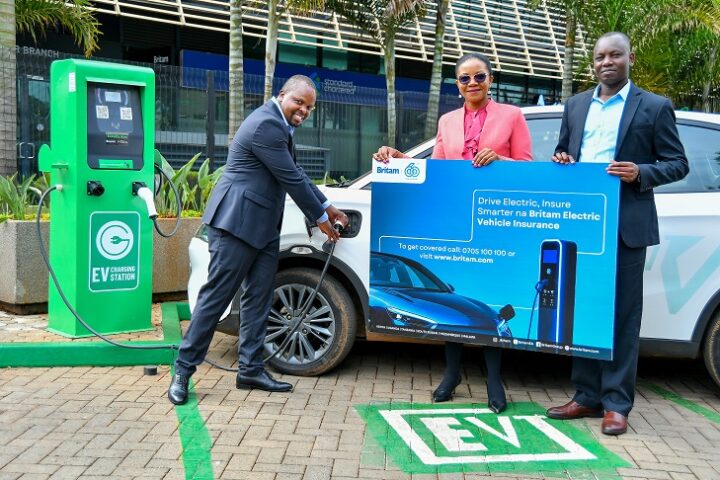Smartphones have become essential to our lives. They wake us up, connect us to others, and power our endless scrolling. At the core of this convenience lies a remarkable innovation: the lithium-ion battery. These compact energy sources have revolutionized mobile technology. But like all powerful tools, they come with risks, from overheating to explosions, begging the question: are lithium-ion batteries a technological marvel or a ticking time bomb?
There’s a reason lithium-ion (Li-ion) batteries have become the global standard in smartphones. They offer high energy density, meaning they store more power in smaller and lighter packages, making them perfect for the sleek designs of today’s phones. They also charge quickly and can withstand hundreds of charge cycles before showing signs of wear.
In summary, lithium-ion batteries have enabled us to have devices that are thinner, lighter, and last longer than ever before. Their versatility also allows for innovations like curved screens and folding displays. Without these batteries, the smartphone revolution, as we know it, would not have been possible.
However, despite their advantages, lithium-ion batteries also come with significant risks.. One major concern is thermal runaway which is a chain reaction caused by overheating, overcharging, or internal defects, and can lead to fires or explosions. Because of their chemical composition, even a minor usage error or physical damage like a puncture can trigger catastrophic failure.
Other risks include battery swelling as the cells age, voltage instability, and increased chances of failure due to counterfeit chargers or poor charging habits. These dangers aren’t theoretical; they’ve made headlines globally.
Samsung’s Galaxy Note 7 became one of the most high-profile tech disasters in recent memory. In 2016, reports of the device catching fire and exploding due to a battery design flaw forced a global recall of 2.5 million units, costing the company over $5 billion and permanently ending the Note 7 line.
Xiaomi’s newly launched SU7 electric vehicle (EV) caught fire after being involved in a fatal accident, resulting in the deaths of three female university students. The incident occurred on March 29, 2025, on the Dezhou-Shangrao Highway in Anhui Province, China, according to CarNewsChina. The incident raised immediate concerns over battery safety in EVs, especially as brands compete for slimmer designs and faster charging speeds.
While manufacturers are stepping up, users still play a critical role in battery safety. Avoid using cheap third-party chargers, which often lack voltage regulation. Never charge your phone under your pillow or on soft surfaces that trap heat. Don’t use your device heavily while charging, which can cause overheating. And if your phone ever swells or heats up unusually, stop using it immediately and seek professional help. Simple routines can make a huge difference. Next time, try unplugging once your phone hits 100%, use battery-saving modes when your battery is low, and store devices at 50% if not in use for long periods.
The future looks promising with solid-state batteries on the horizon. These alternatives promise faster charging, greater safety, and longer life spans. Currently, lithium-ion batteries are both remarkable and flawed. Like fire, they empower us, but if mishandled, they can pose risks. With improved manufacturing, smarter technology, and more responsible usage, we can enjoy their advantages while reducing the dangers.
Related Content: The Samsung Galaxy Tab A9 As the Ultimate Work-From-Anywhere Device












